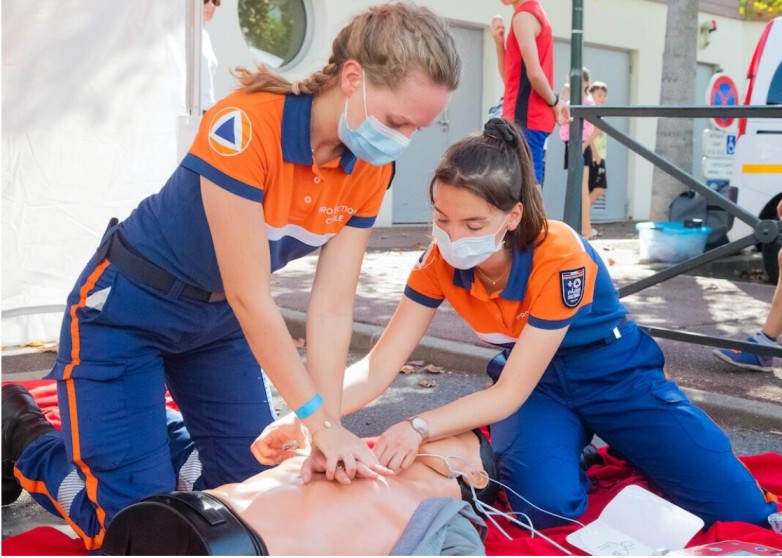Did you know that the global first aid training market is predicted to grow to around $7,694.95 million by 2032? This highlights the growing value of certified training in building practical, life-saving skills.
When emergencies strike, every second counts. Having the right skills and training can make the difference between life and death. This is where CPR & First Aid Certification comes in.
This article explores six ways certification offers hands-on training for real emergencies. Read on to help you respond quickly, remain calm, and act with confidence.
Realistic Scenarios Enhance Preparedness
Certification programs often use realistic scenarios to improve learning. These simulations recreate emergencies like cardiac arrests or severe injuries. Trainees get the chance to practice in situations that feel real.
Hands-on scenarios allow participants to apply their skills in a safe setting. They can make mistakes and learn without risk. This builds both confidence and accuracy.
Practicing in controlled environments prepares trainees for real emergencies. They respond faster because the situations feel familiar. This makes them more capable in critical moments.
Immediate Feedback from Instructors
In certification training, learners get instant feedback from skilled instructors. This guidance helps them correct mistakes right away. It also ensures they practice using the right techniques.
Immediate evaluation reinforces effective responses. It prevents the development of poor habits during training. Learners improve faster with expert supervision.
Having guidance from instructors builds confidence. Trainees feel secure knowing they are supported. This helps them stay calm during real emergencies.
Stress Management Techniques
Managing stress is a key part of CPR and First Aid Certification. Courses teach methods to stay calm during emergencies. This prepares participants to handle pressure more effectively.
Techniques like deep breathing are often included in training. Situational awareness is also emphasized to keep focus clear. These practices help control emotions when seconds matter.
By applying stress management in training, learners build resilience. They gain the ability to act calmly during real crises. This is crucial for providing effective care.
Emphasis on Teamwork and Communication
Emergencies often need more than one responder. Certification training highlights the value of working together. Clear communication is taught as an essential skill.
Group scenarios allow participants to practice as a team. They learn to assess situations and divide tasks. This improves the speed and efficiency of their response.
Working together in training builds trust and cooperation. It also creates a sense of camaraderie among participants. These skills become vital when every second counts.
Lifelong Skills for Various Situations
The knowledge gained is valuable in both personal and professional life. It prepares people to act quickly and effectively anywhere. This makes certification an important lifelong investment.
To begin your certification journey, explore MyCPR NOW. They offer comprehensive courses designed to fit your needs. With proper training, you can be ready to save lives anytime.
Take the Leap into Lifesaving Training
With the right training, you can stay calm in emergencies. You will know how to act quickly when seconds count. These skills can make the difference between life and death.
Do not wait to take action. Invest in learning lifesaving techniques today. Gaining these skills will empower you during any crisis.
